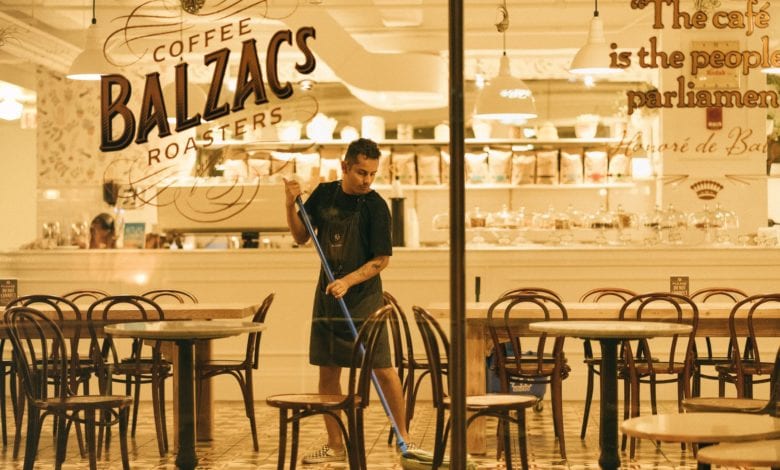CommentCoronavirus
Is your restaurant ready?

In many countries, restaurants were among the first to feel the impact of the novel coronavirus pandemic. Bookings disappeared almost overnight, followed by long imposed periods of closure and staff inactivity.You'll need to
subscribe to unlock this content. Already subscribed? Login?











